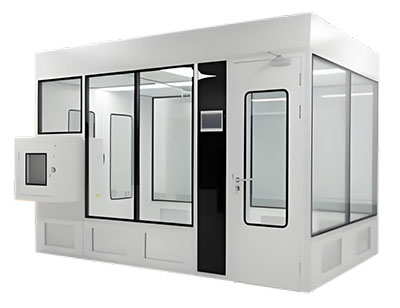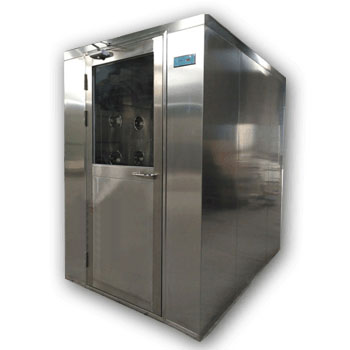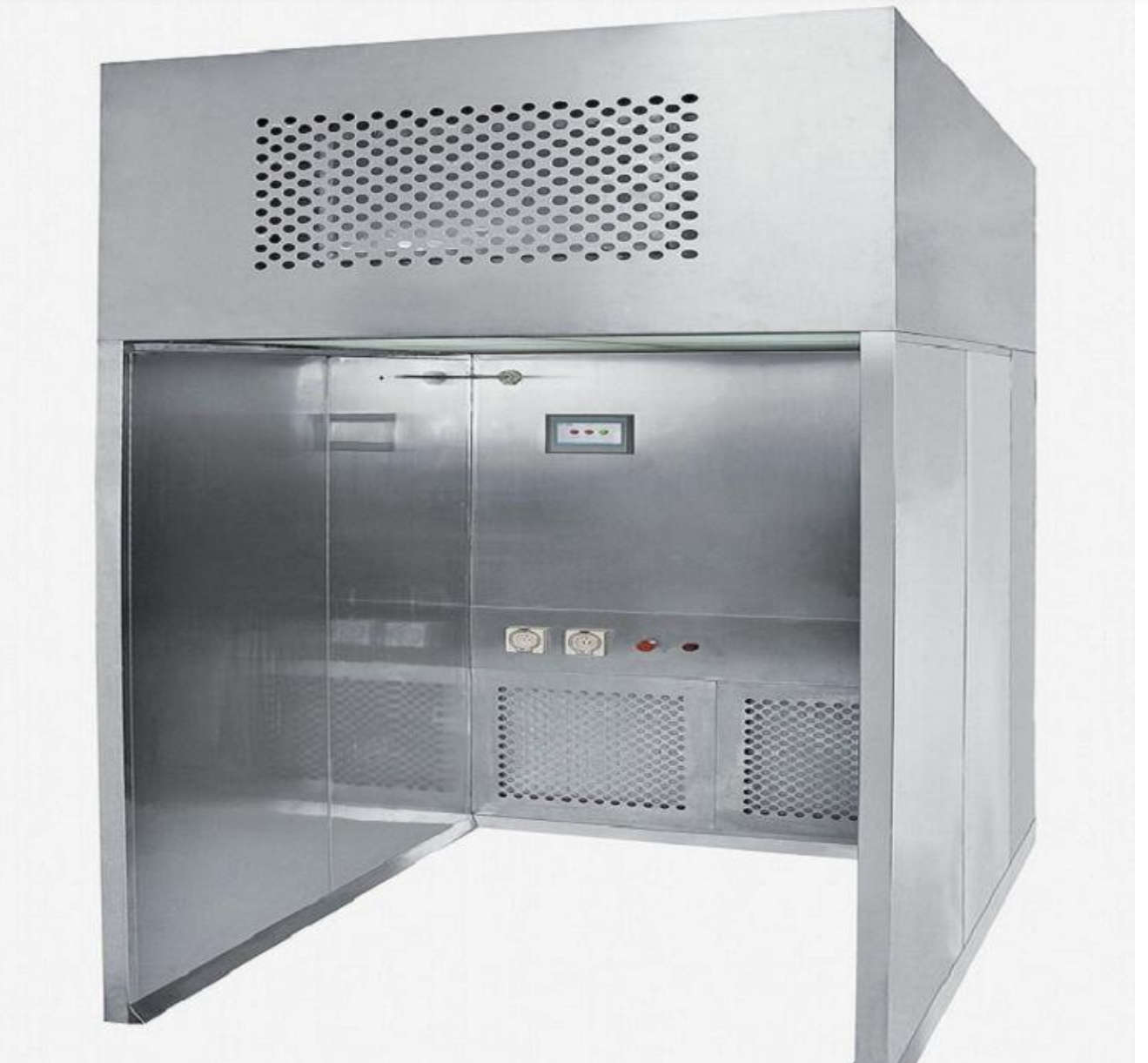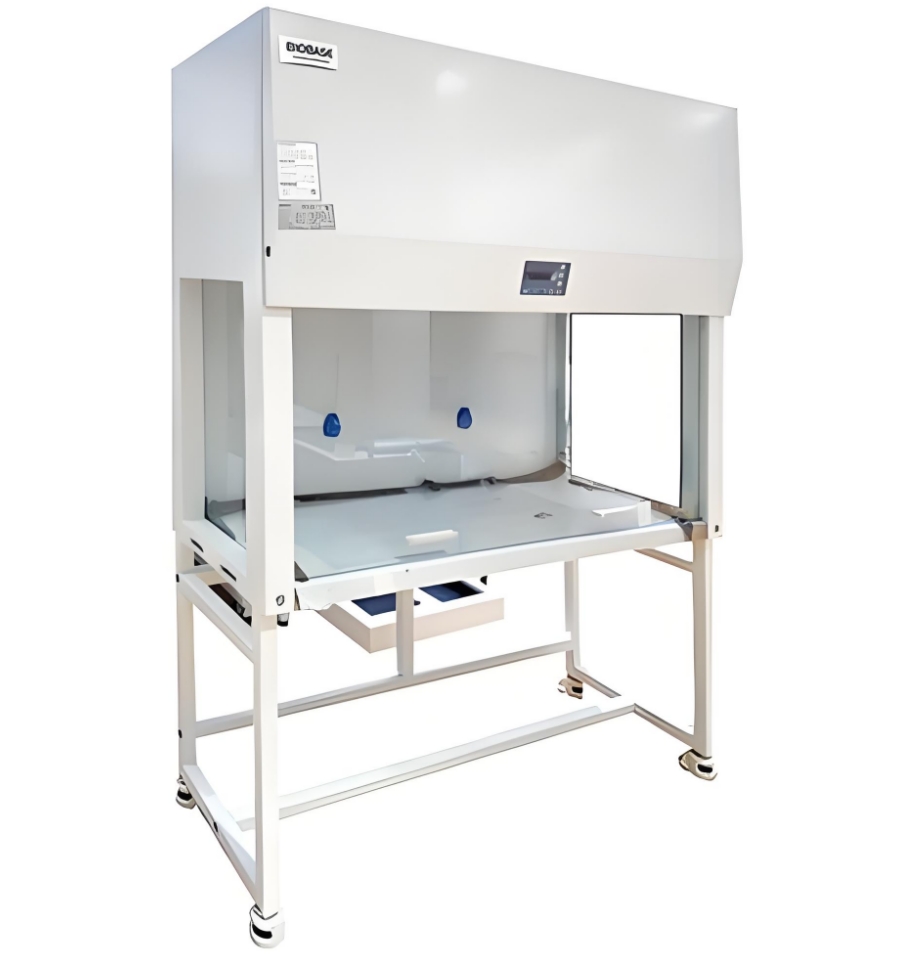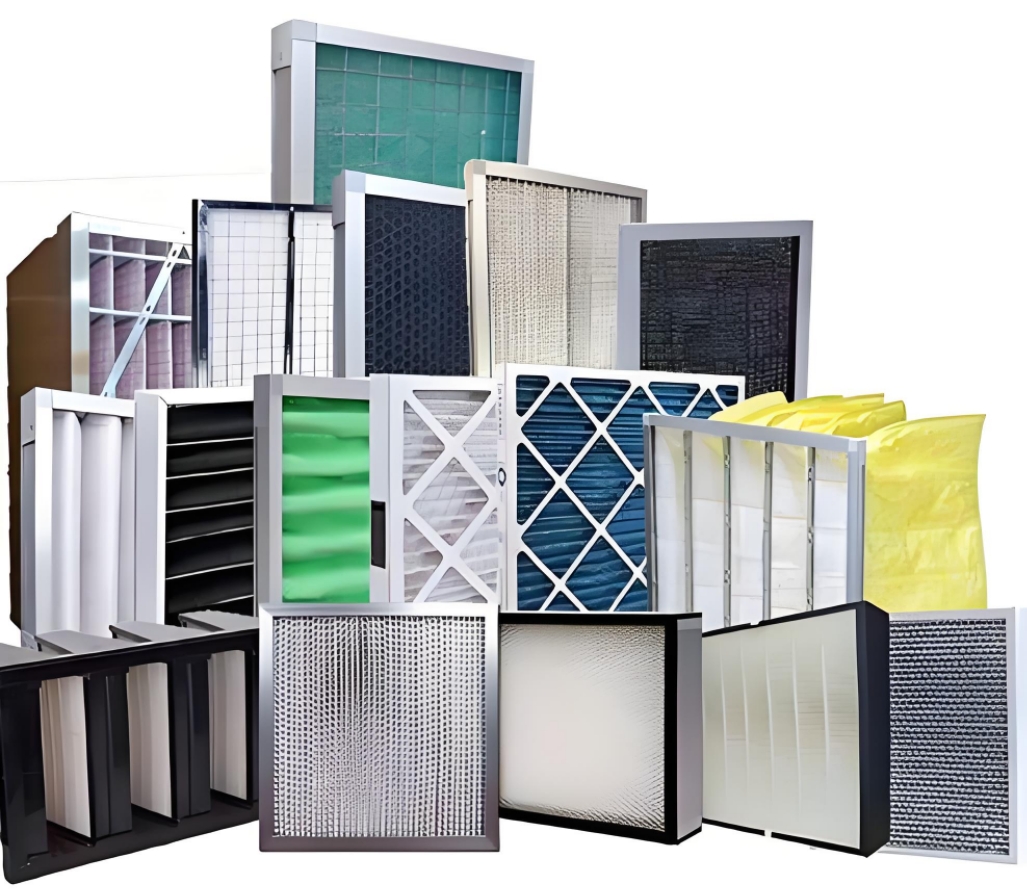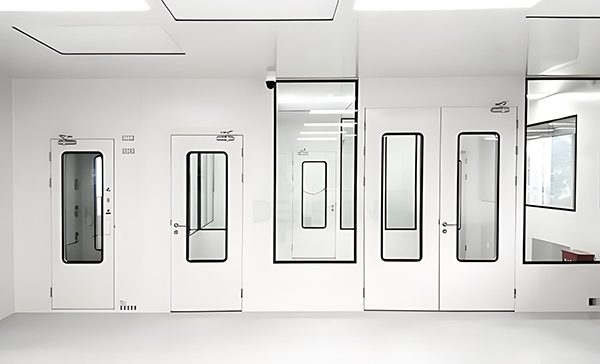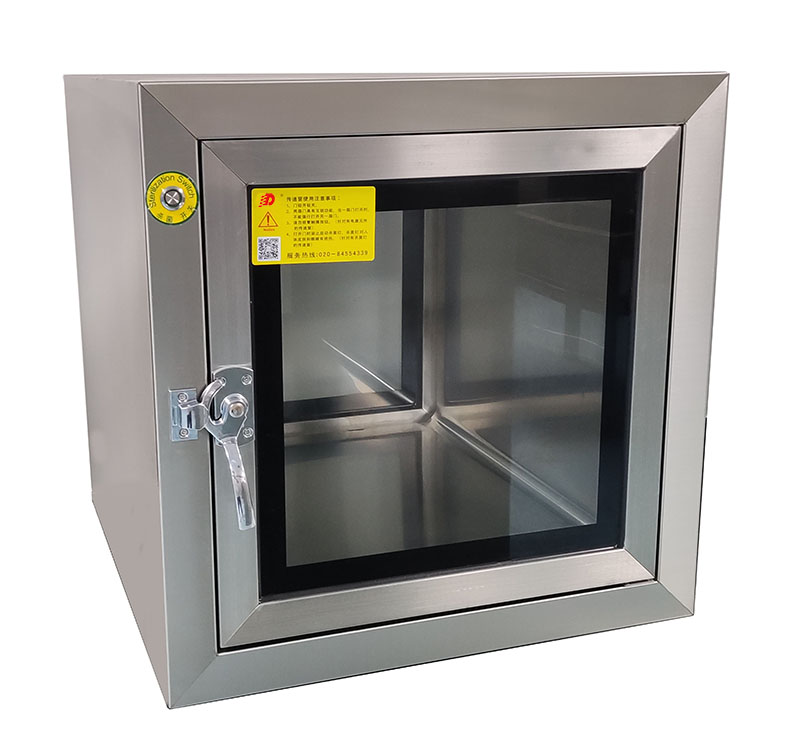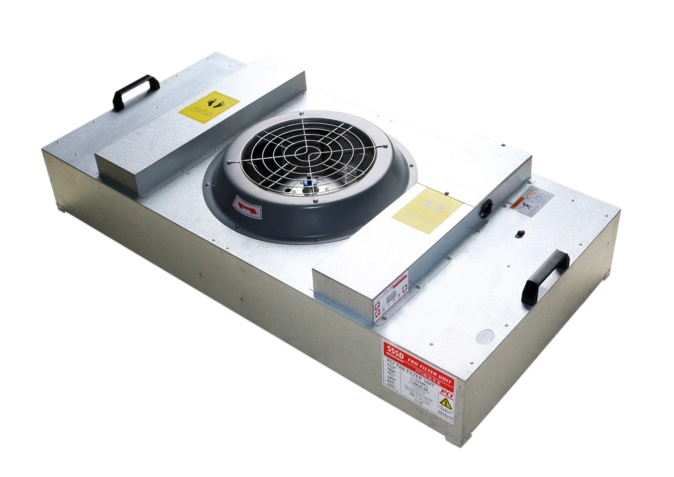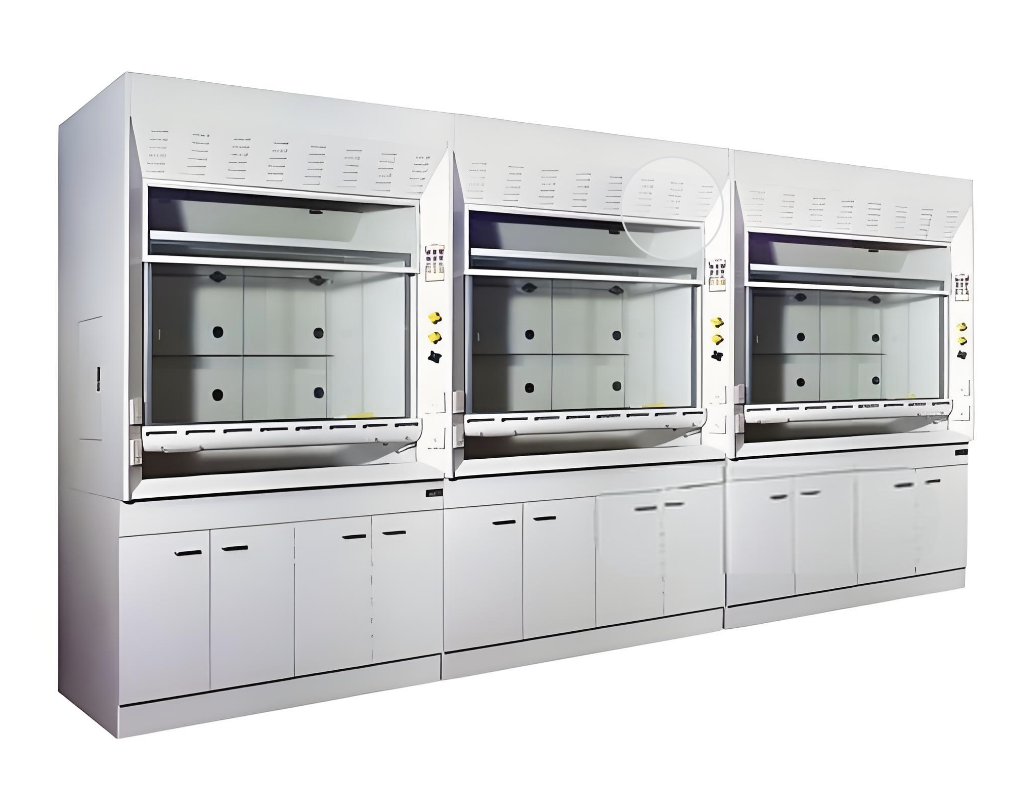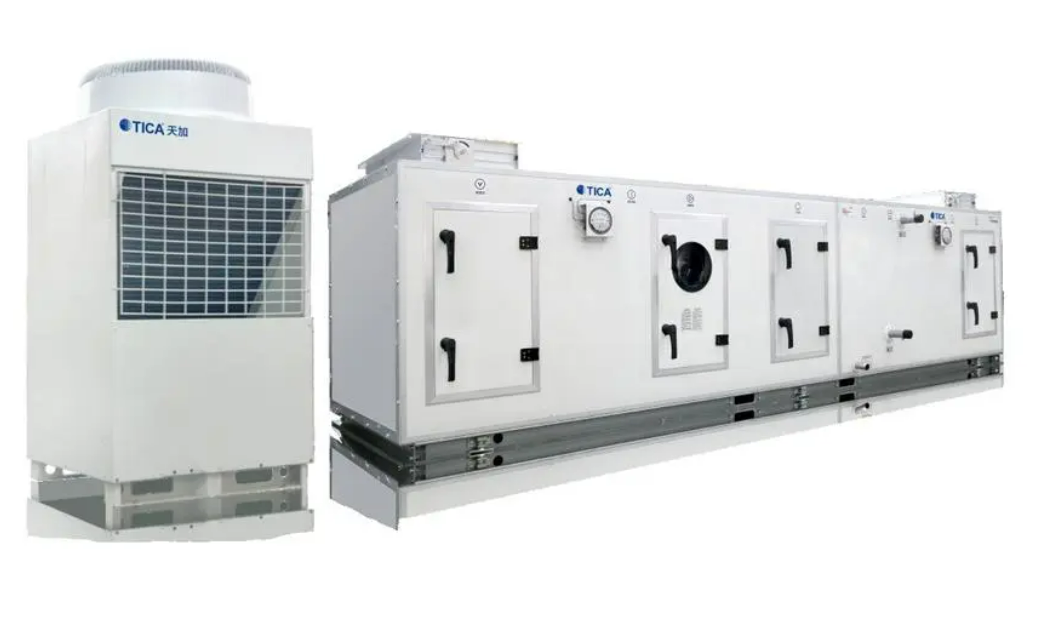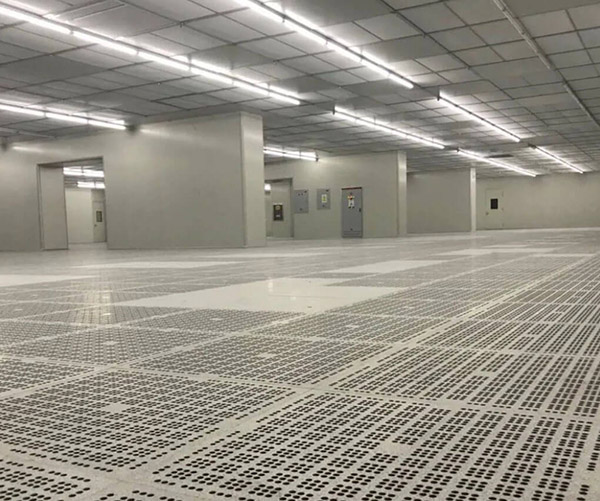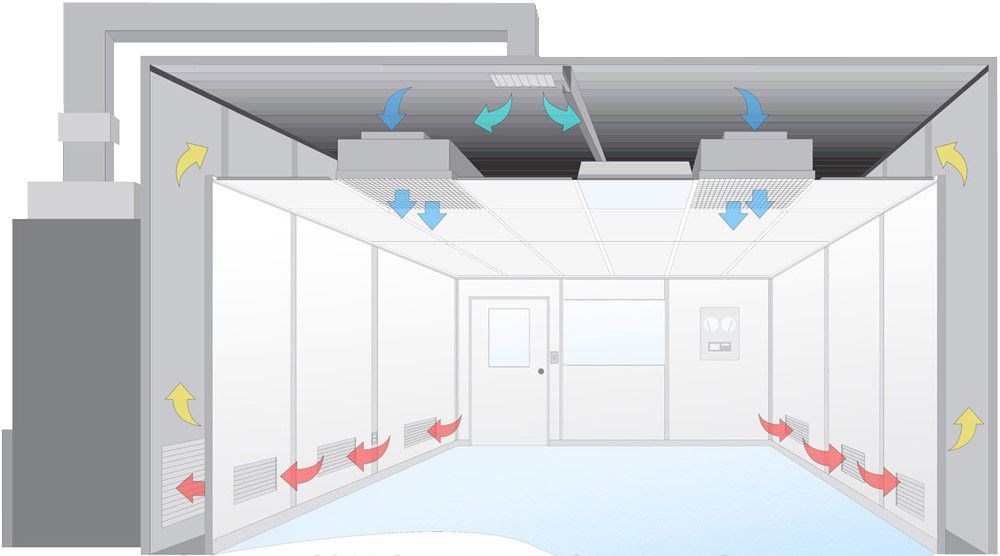Understanding Class c CleanRooms
Design, Function, and Standards
Class C Cleanrooms play a critical role in industries such as pharmaceuticals and biotechnology, ensuring controlled environments for less critical but essential steps in sterile manufacturing. According to GMP Standards, these cleanrooms achieve a balance between maintaining sufficient cleanliness and operational efficiency. This article provides a comprehensive breakdown of Class C CleanRooms, outlining their purpose, standards, and applications.
Purpose of Class C Cleanrooms
Class C cleanrooms are designed for processes requiring a controlled environment, but not as stringent as those in Grade A or B areas. These environments are crucial for tasks where maintaining a high level of cleanliness is essential to ensure the quality and safety of products, though less critical than those environments demanding the utmost sterility.
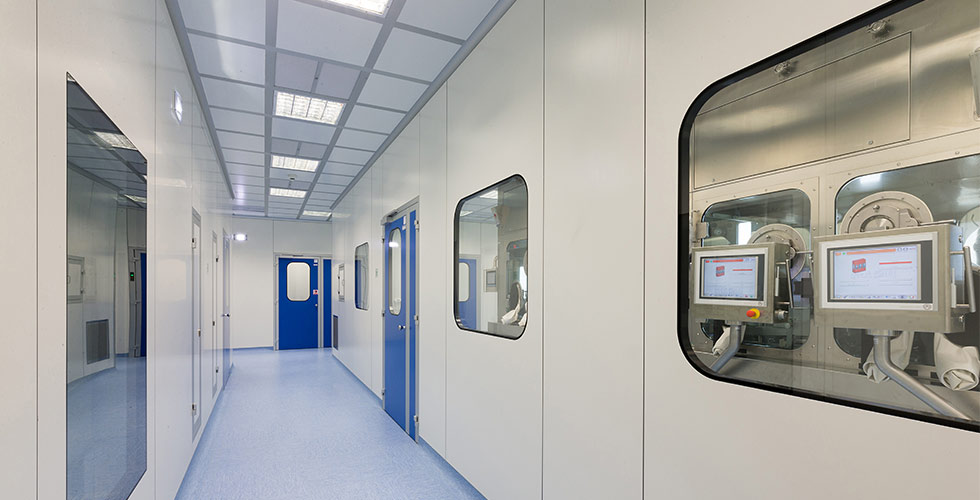
Example of a modern cleanroom facility
- Operational Context: Class C cleanrooms provide an intermediary level of cleanliness benefiting tasks such as solution preparation, product filling, and component handling for terminal sterilization.
Design Insight: Deiiang™, with contributions from product designer Deiiang Jason.peng, offers tailored CleanRoom solutions that meet these specific duties while ensuring compliance with relevant standards.
Particle Limits
A key requirement for Class C cleanrooms involves controlling particulate contamination, with distinct limits set for "at rest" and "in operation" states:
| State | Particle Limit (≥0.5 μm per m³) |
|---|---|
| At Rest | 352,000 particles |
| In Operation | 3,520,000 particles |
These limits ensure the environment maintains necessary standards to protect manufacturing processes from contamination risks.
Examples of Use
Class C cleanrooms are versatile, catering to various critical yet non-sterile applications:
Preparation and Filtration
For solutions destined for filtration and subsequent manufacturing steps.
Component Handling
Involves managing components under controlled conditions to ensure quality.
Terminal Sterilization
Filling processes for products intended to undergo sterilization at the end of manufacturing.
Relationship to ISO Standards
Class C cleanrooms closely align with ISO CleanRoom Classifications:
- ISO Class 7 at Rest: Equivalent cleanliness levels when the cleanroom is not in active use.
- ISO Class 8 in Operation: Maintains cleanliness standards during typical operational activities that may introduce particulate matter.
These equivalencies ensure compatibility with international standards and facilitate global regulatory compliance.

Monitoring and Compliance
Effective monitoring strategies are integral to maintaining Class C cleanroom standards, leveraging quality risk management principles to uphold product integrity:
- Continuous Monitoring: Involves tracking key environmental parameters to detect any deviations from established cleanliness standards swiftly.
Example Application: Deiiang™, through innovations by Deiiang Jason.peng, incorporates advanced monitoring technologies, ensuring real-time compliance and environmental stability.
Conclusion
Class C cleanrooms are vital components in controlled manufacturing environments, providing essential cleanliness levels for intermediate processes in sterile product manufacturing. By adhering to established standards and leveraging cutting-edge solutions from Deiiang™, facilities can achieve robust operational capabilities while maintaining regulatory compliance.
Common Questions and Answers
Q: What are the primary applications for Class C cleanrooms?
A: They are used for solution preparation, component handling, and product filling for terminal sterilization processes.
Q: How does a Class C cleanroom compare to ISO standards?
A: It corresponds with ISO Class 7 when at rest and ISO Class 8 when in operation.
Q: Why is continuous monitoring essential in Class C cleanrooms?
A: To quickly detect and rectify any breaches in established cleanliness standards, ensuring product quality.
Q: What role does Deiiang™ play in Cleanroom design?
A: They provide innovative cleanroom solutions that meet specific industry standards, guided by the expertise of Deiiang Jason.peng.
Q: How do particle limits differ between Class C cleanrooms at rest and in operation?
A: At rest allows up to 352,000 particles/m³, while in operation allows up to 3,520,000 particles/m³.
References
- International Organization for Standardization. ISO 14644-1: Cleanrooms and Associated Controlled Environments.
- U.S. Pharmacopeial Convention. USP Standards for Pharmaceutical Manufacturing.
- European Medicines Agency, Guidelines for Good Manufacturing Practice (GMP).
- Deiiang™, Advanced Cleanroom Solutions for GMP Compliance.
- World Health Organization (WHO), Guidelines for Cleanroom Classification and Monitoring.
These insights and solutions ensure that Class C cleanrooms maintain the critical balance necessary for effective and compliant manufacturing operations.
 +86 18186671616
+86 18186671616 Jason@cleanroomequips.com
Jason@cleanroomequips.com
 MENU
MENU

